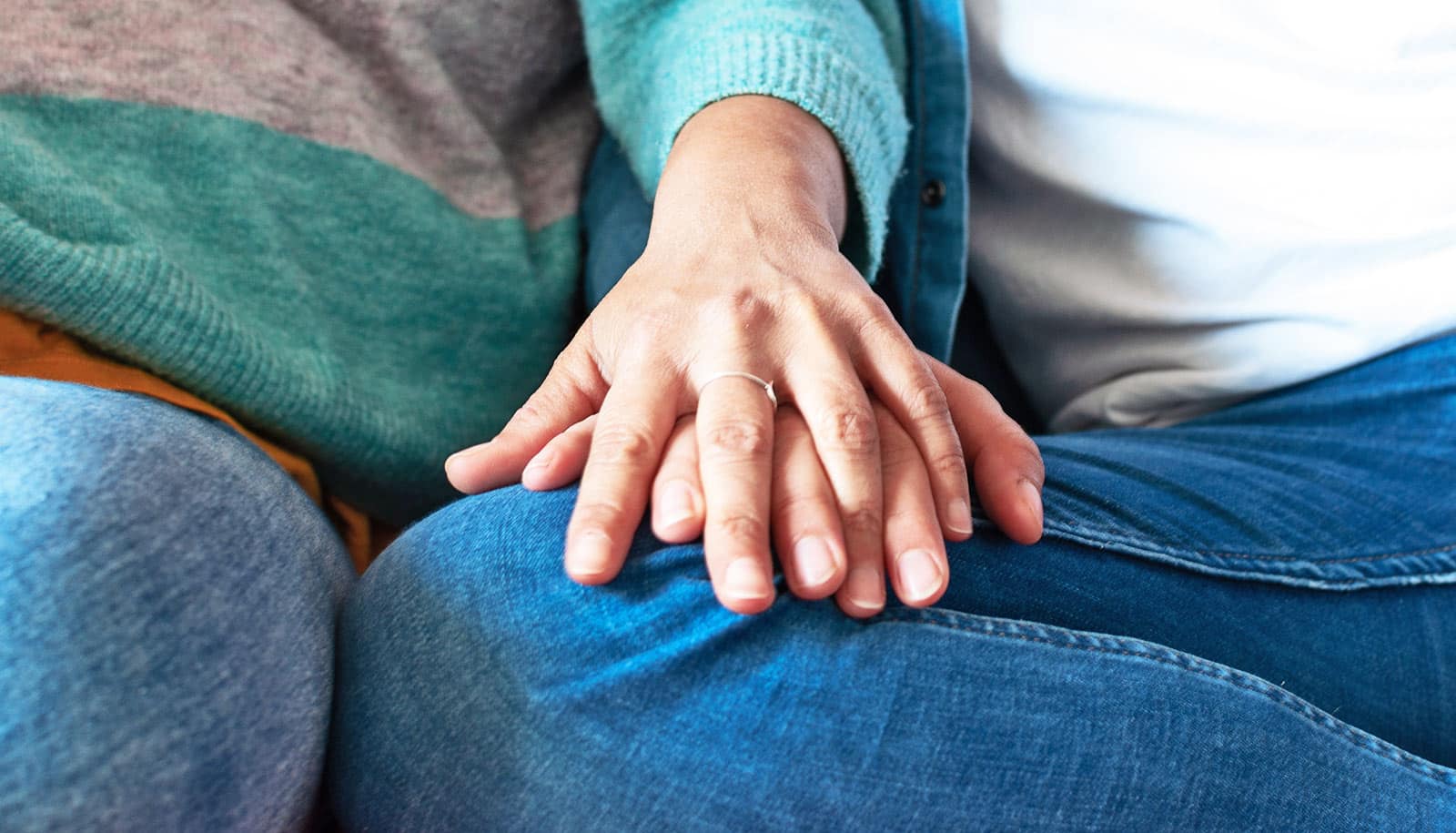The effects of intimate partner violence are profound, painfully enduring, and should command as much attention as providing victims with the help necessary to leave those relationships, according to a new study.
Violence that occurs between intimate partners doesn’t end with the relationship’s conclusion, yet few resources exist to help survivors move beyond the betrayal of abusive relationships in order to begin new, healthy relationships.
“How do you move forward after leaving? What does that look like?”
“Once a victim leaves an abusive relationship we have to begin addressing the issues that stem from having been in that relationship. You can carry the scars from IPV for a long time and those scars can create barriers to forming new relationships,” says Noelle St. Vil, an assistant professor in the School of Social Work at the University at Buffalo.
IPV is a pervasive public health issue, St. Vil says. Nearly one in three women in the United States has experienced IPV. One in 10 women has been raped by an intimate partner.
IPV is a subtype of domestic violence. While domestic violence can include violence occurring among any individuals living in a single household, IPV is at the level of an intimate relationship. It’s one partner trying to gain power and control over another partner and can involve many types of violent behavior, including physical, verbal, emotional, and financial.
Looking at IPV from the perspective of betrayal trauma theory, a concept that explores when trusted individuals or institutions betray those they’re expected to protect and support, the new study explores how the long-lasting implications of IPV and the consequences of being in such a relationship should be addressed.
“We often use betrayal trauma theory to describe children who have experienced child abuse,” says St. Vil. “But the same betrayal occurs with IPV: a partner who you trust, can be vulnerable with, who should be building you up, is in fact inflicting abuse. It’s a betrayal of what’s supposed to be a trusting relationship.”
Program keeps more men from repeat domestic violence
With most help and support centered on keeping women safe in a relationship or providing them with the means to get out of an abusive relationship, St. Vil began thinking about the effects of the trauma.
“How do you move forward after leaving?” she asks. “What does that look like?”
St. Vil’s interviews with nine women represent the initial steps to answer those questions and reveal four barriers to establishing new relationships:
- Vulnerability/Fear: Women emerging from IPV often set up an emotional wall, hesitant to begin new relationships. Some victims said they entered into a physical relationship, but avoided becoming emotionally attached.
- Relationship Expectations: Some women in the study opened themselves emotionally, but expected even what appeared to be a healthy relationship to decay into violence.
- Shame/Low Self-Esteem: Participants in the study expressed how low self-esteem sabotaged new relationships. Part of gaining power and control in violent relationships involves breaking down self-esteem. When things aren’t going well in new relationships, victims can return to the feelings experienced during IPV, asking, “Why would anyone love me?”
- Communication: St. Vil says communication is a major issue in new relationships as victims struggle to understand and explain to new partners what they experienced during IPV and its effects on their current behavior. Women who were unable to communicate their experiences felt disconnected from their new relationships.
St. Vil says her one-on-one interviews capture critical aspects of IPV survivors’ experiences.
“This is a starting point,” St. Vil says. “We’re trying to understand the depth of the issue and can use the data from this research for a potentially larger study.”
For the time being, St. Vil is emphatic.
“The effects don’t end once a woman is out of the relationship. We need to understand that and know there’s more work to be done.”
The research appears in the Journal of Interpersonal Violence.
Source: University at Buffalo



